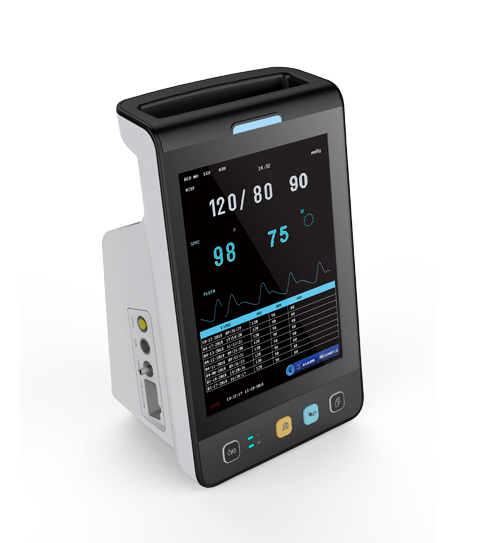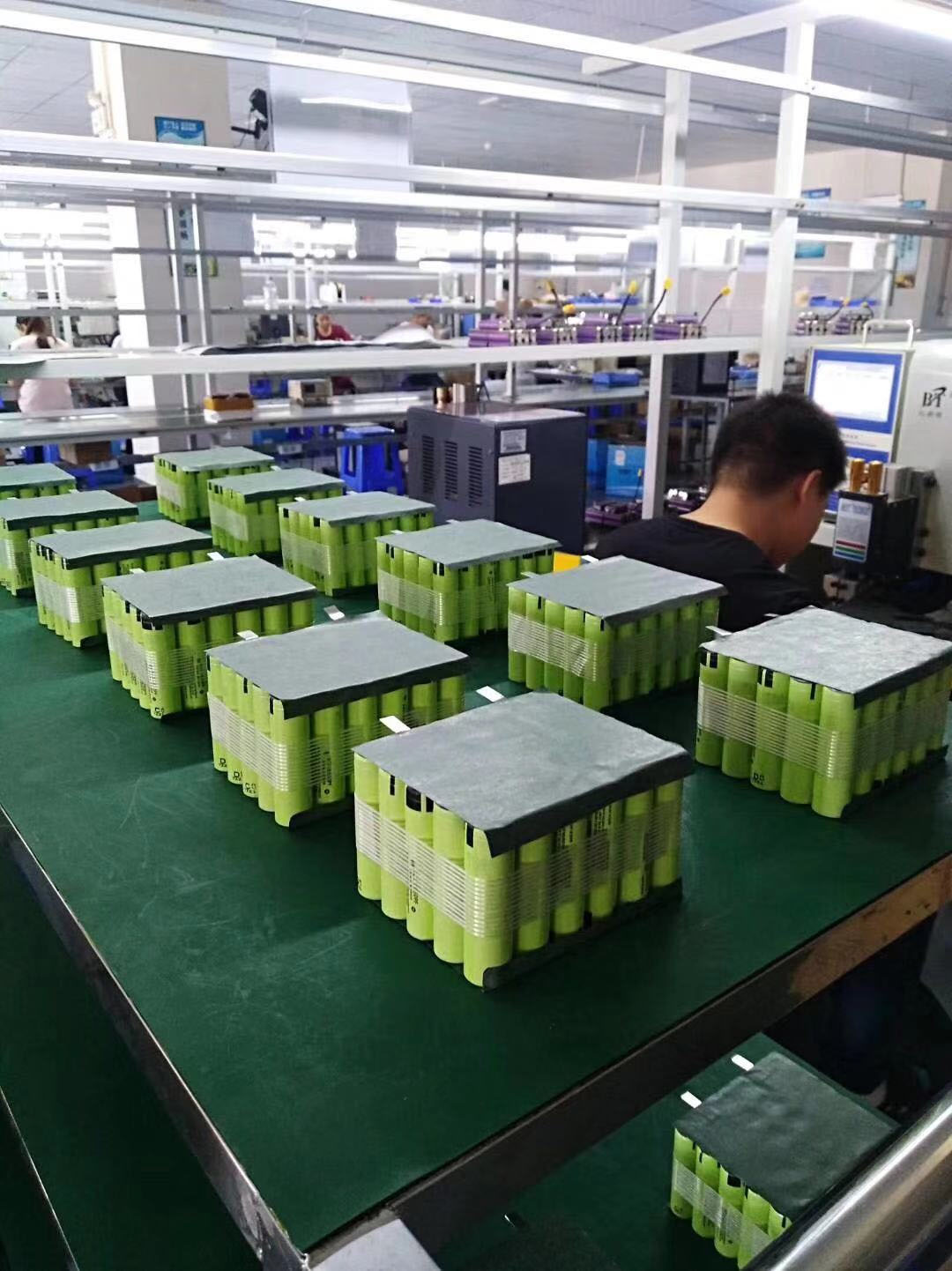- 11
- Oct
Introduction to the application of lithium-ion batteries for medical equipment
Patient mobility is also becoming more and more important; today patients may be transferred from radiology to intensive care unit, from ambulance to emergency room, or ambulance from one hospital to another. Similarly, the popularity of portable home appliances and mobile monitoring equipment allows patients to stay where they like, but not necessarily in medical institutions. Portable medical equipment must truly be fully realized.
It is portable and provides the best service for patients; the demand for smaller and lighter medical devices has also increased significantly, which has greatly stimulated people’s interest in higher energy density and smaller lithium-ion batteries.
An energy storage lithium ion battery for emergency vehicle medical instruments, comprising: a battery body; the battery body is provided with a base, a battery box, a battery cover and a lithium ion battery pack, and the upper end of the battery cover is provided with a portable A handle, the middle end of the carrying handle is provided with a storage drawer, one side of the battery box is provided with a plurality of connection terminals, the other side of the battery box is provided with a charging port, and the external end of the charging port A photovoltaic module is provided, and a support is provided at the bottom end of the base.
The utility model has the advantages of simple and reasonable structure, convenient use, small size, convenient carrying, convenient charging, large energy storage, better power supply for medical instruments, meeting medical rescue requirements, and ensuring the safety of patients.
Today, the application of lithium-ion batteries in medical equipment has enabled a large number of monitoring instruments, ultrasound equipment and infusion pumps to be used in places far away from hospitals and even on the battlefield. The movement of portable devices is becoming more and more convenient. It is precisely because of the application of technologies such as lithium-ion batteries that bulky defibrillators weighing up to 50 pounds can be replaced by lighter and more compact user-friendly devices without causing muscle strains to medical staff.
Since various medical instruments in modern clinical departments have many classifications, complete functions, and high precision, it is very important to ensure the correct and safe use of all kinds of instruments. Therefore, effective maintenance and maintenance of wearing parts such as lithium-ion batteries in the instrument is of great benefit. It can not only extend the service life of lithium-ion batteries, but also reduce equipment maintenance costs, and significantly increase the utilization rate of medical equipment in hospitals. Integrity rate.
Today we use TI BQ20Z95 for the BMS on the medical battery,to monitor the SOC precisely



